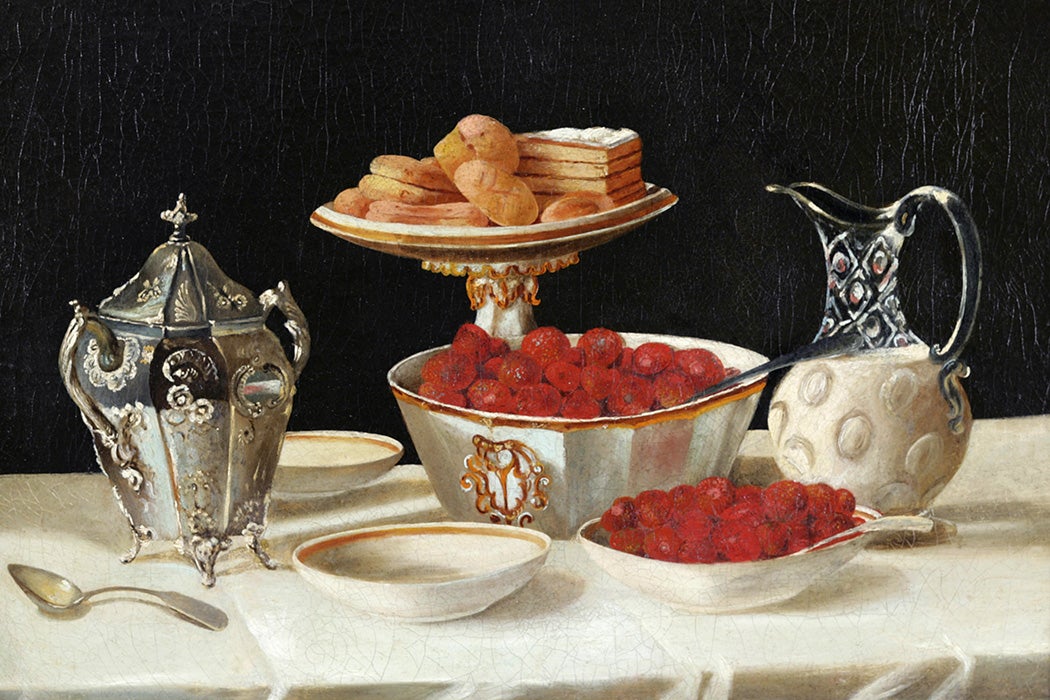For many people, it’s not a real dinner if there’s no dessert. That tradition, of finishing a meal with a little something sweet, has its origins in France. As French food scholar Maryann Tebben explains, the French dessert has been around for centuries, but it’s changed a lot over that time.
French cookbooks from the Middle Ages and the Renaissance didn’t exactly feature dessert. Instead, they included recipes for entremets—“interval” dishes served between larger courses that could be either sweet or savory.
The word “dessert” emerged in the seventeenth century, derived from the French verb “desservir,” meaning “to clear the table” in English. Etiquette dictated that napkins and tablecloths be changed before the final course, which at the time was a delicate fruit course. In a courtly context, the course itself was known as “le fruit,” but the bourgeois renamed it “dessert.” After the French Revolution, the aristocratic “fruit” was fully replaced by “dessert.”
So, what did people eat for dessert at the end of their formal meals? According to Tebben, in the seventeenth and eighteenth centuries it was mostly fruit-based treats, often using jams and preserves. A host might also serve cookies, marzipan, meringues, or frozen desserts.
Slowly, though, the flavor of desserts became less important than their visual presentation. The dessert course might consist of elegant metal and glass structures holding whole apples or plums. Other times, meticulously crafted sugar figures became the center of dessert displays and might not be eaten at all. Dessert specialists in the eighteenth century were supposed to understand architectural design and be capable of replicating it in sugar paste.
Tebben describes one such artisan who “crafted the severed head of Louis XV, a battle scene with soldiers and cannons, and the rock of Gibraltar out of sugar, all of it edible, but one can hardly imagine a dinner guest nibbling on a sugar soldier.” Indeed.
In the wake of the revolution, riots over sugar made decadent, decorative dessert sculptures politically unacceptable to elites. Instead, hosts served “individual desserts, with names and common forms that created a shared history rather than a specialized, singular visual effect,” Tebben writes.
Weekly Newsletter
In the late eighteenth and early nineteenth century, technology and trade also opened up more possibilities for populist sweets. Sugar was more widely available, and mechanical refrigeration could keep butter at a consistent temperature, making pastry simpler. Banquets might still feature visually sensational desserts—like the three-tier, castle-shaped cake with lakes of jam and hazelnut boats described in Madame Bovary—but the guests actually ate this art. By the late nineteenth century, attractive and delicious desserts like almond cakes, cream puffs, and fruit tarts were a minor luxury available as a special treat even to the lower classes.
Today, of course, sugar is cheap enough that downscale, mass-produced versions of French confections are easily available to people all over the world—at significant cost to human health. Still, depending on your tastes, a creamy Ho Ho or Hostess fruit pie might feel like a real step up from a plum served on a fancy metal sculpture.







